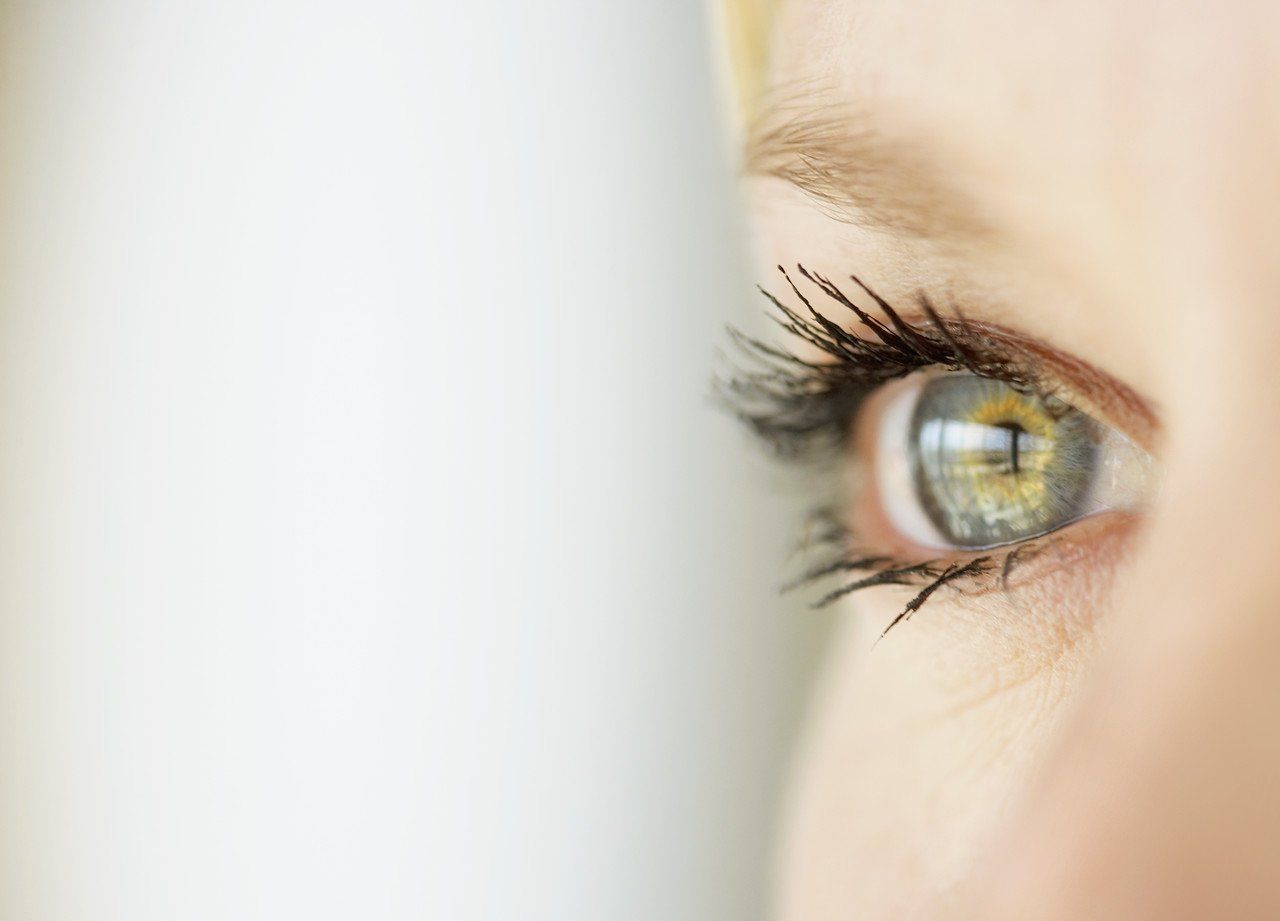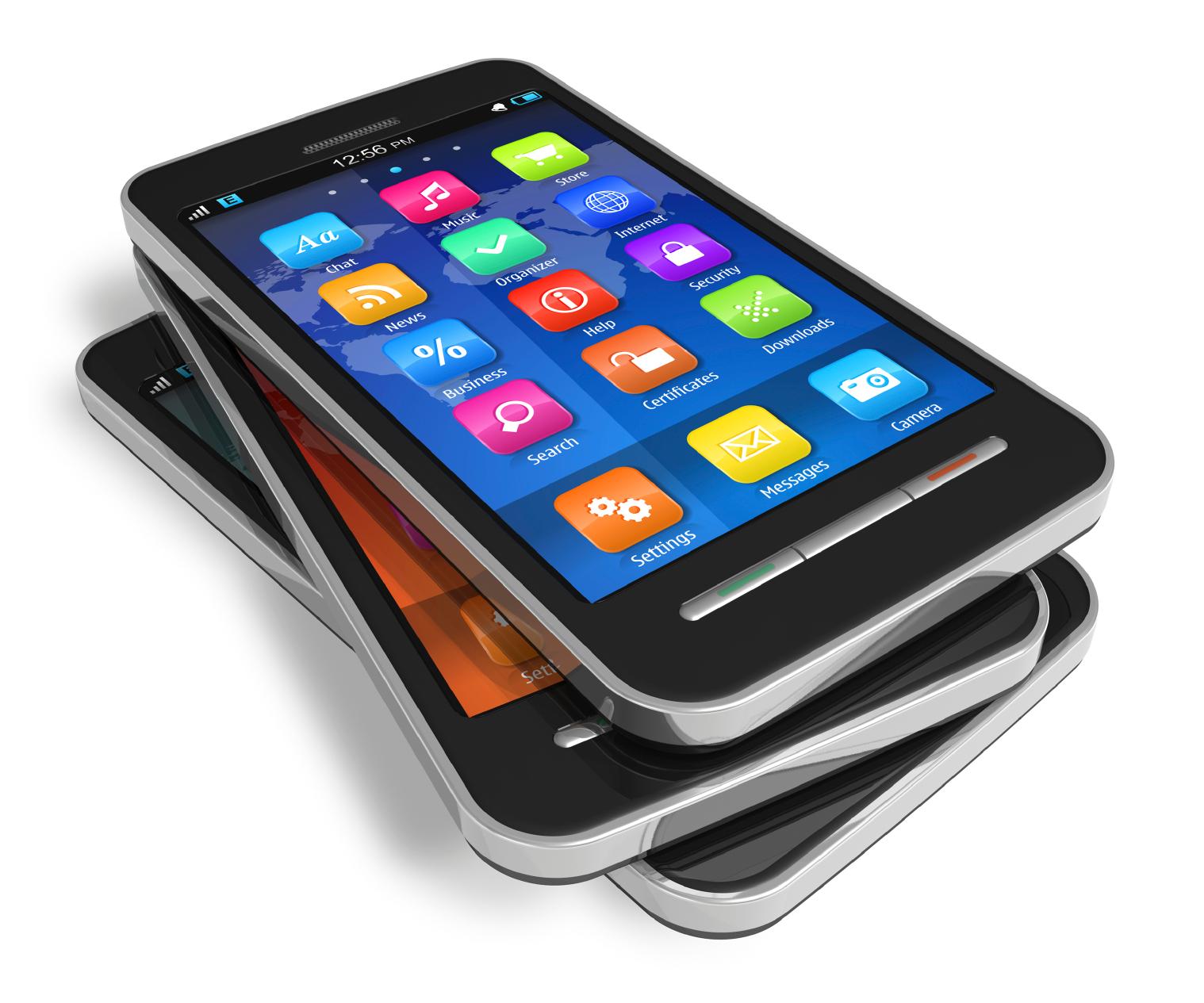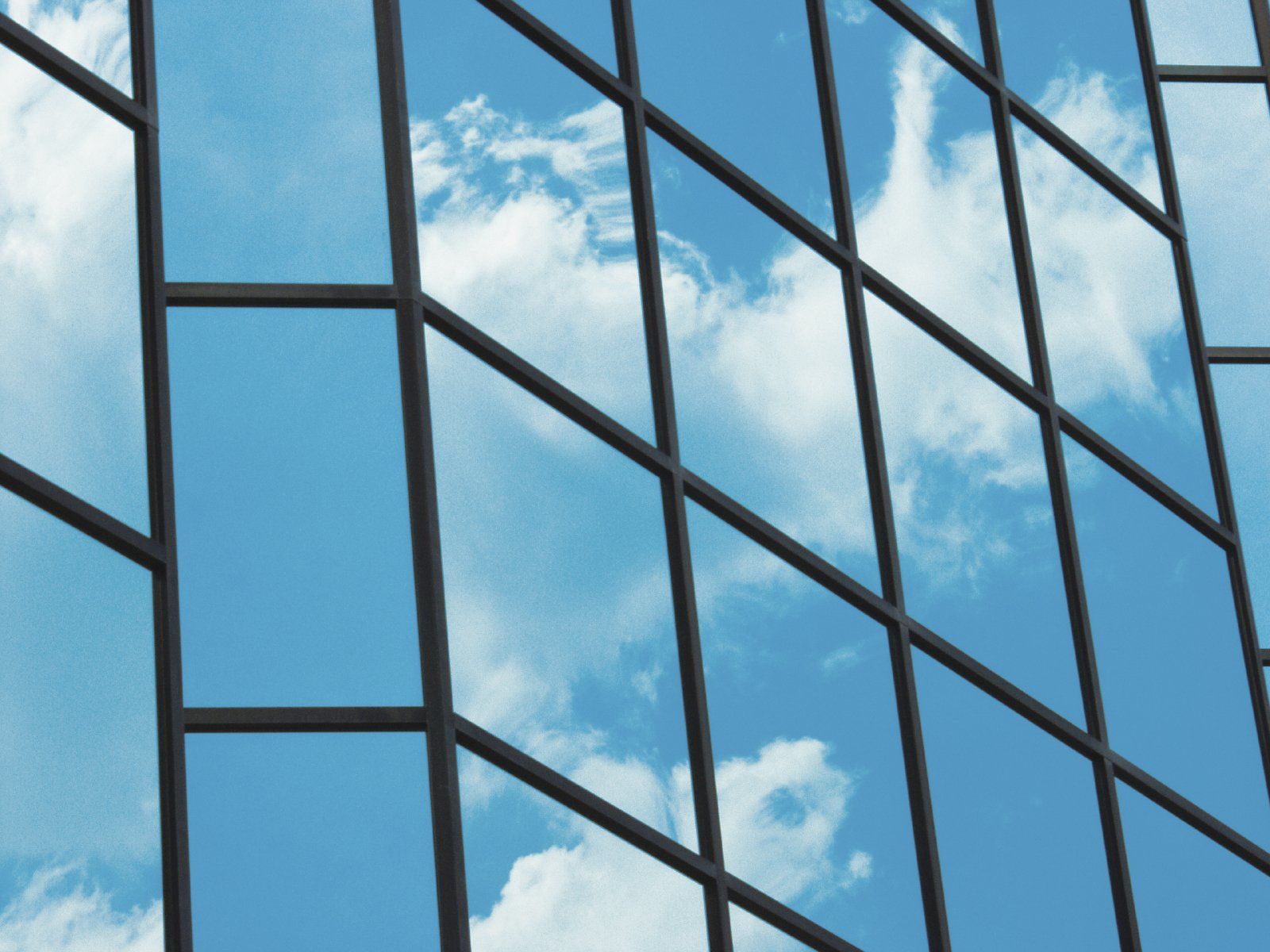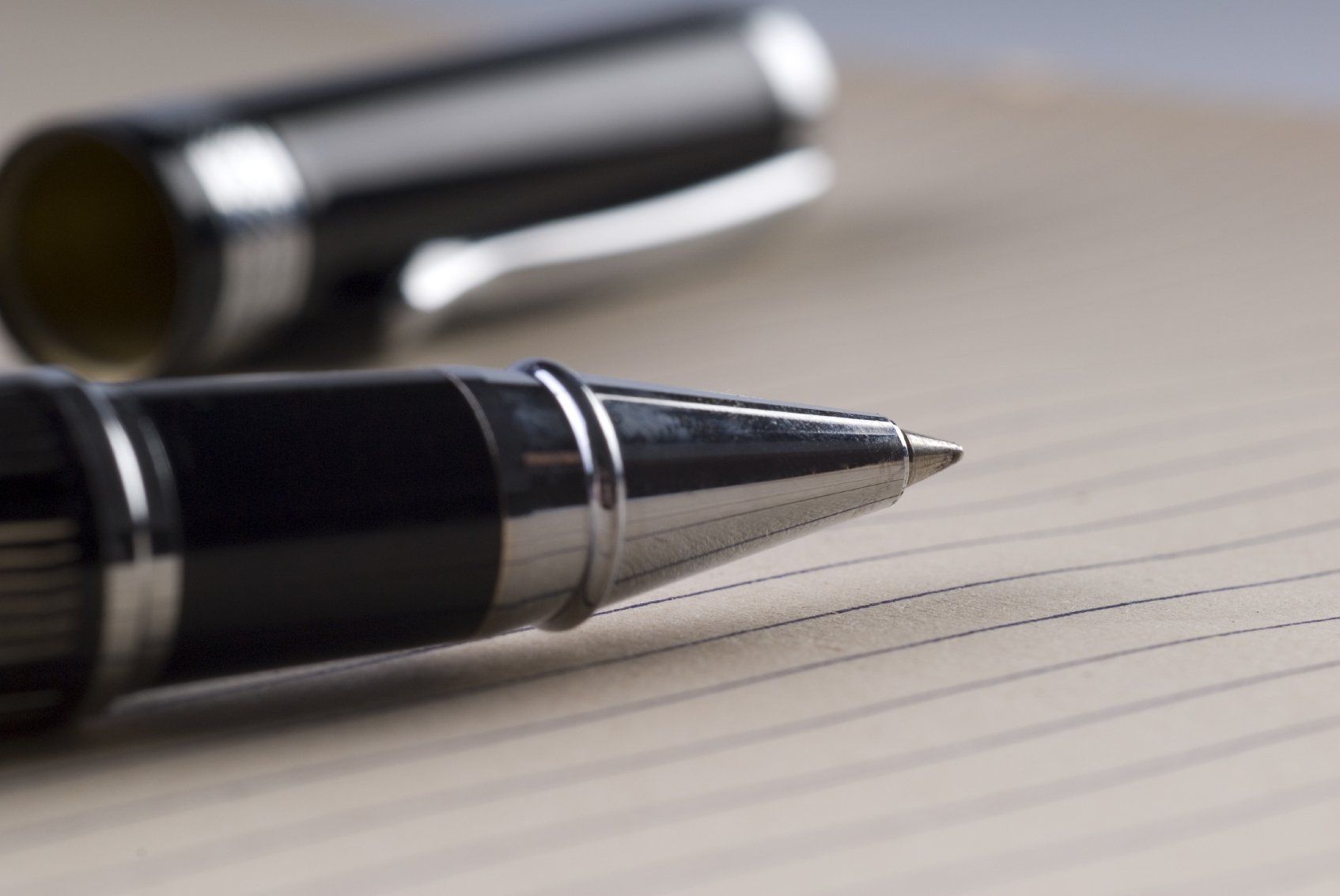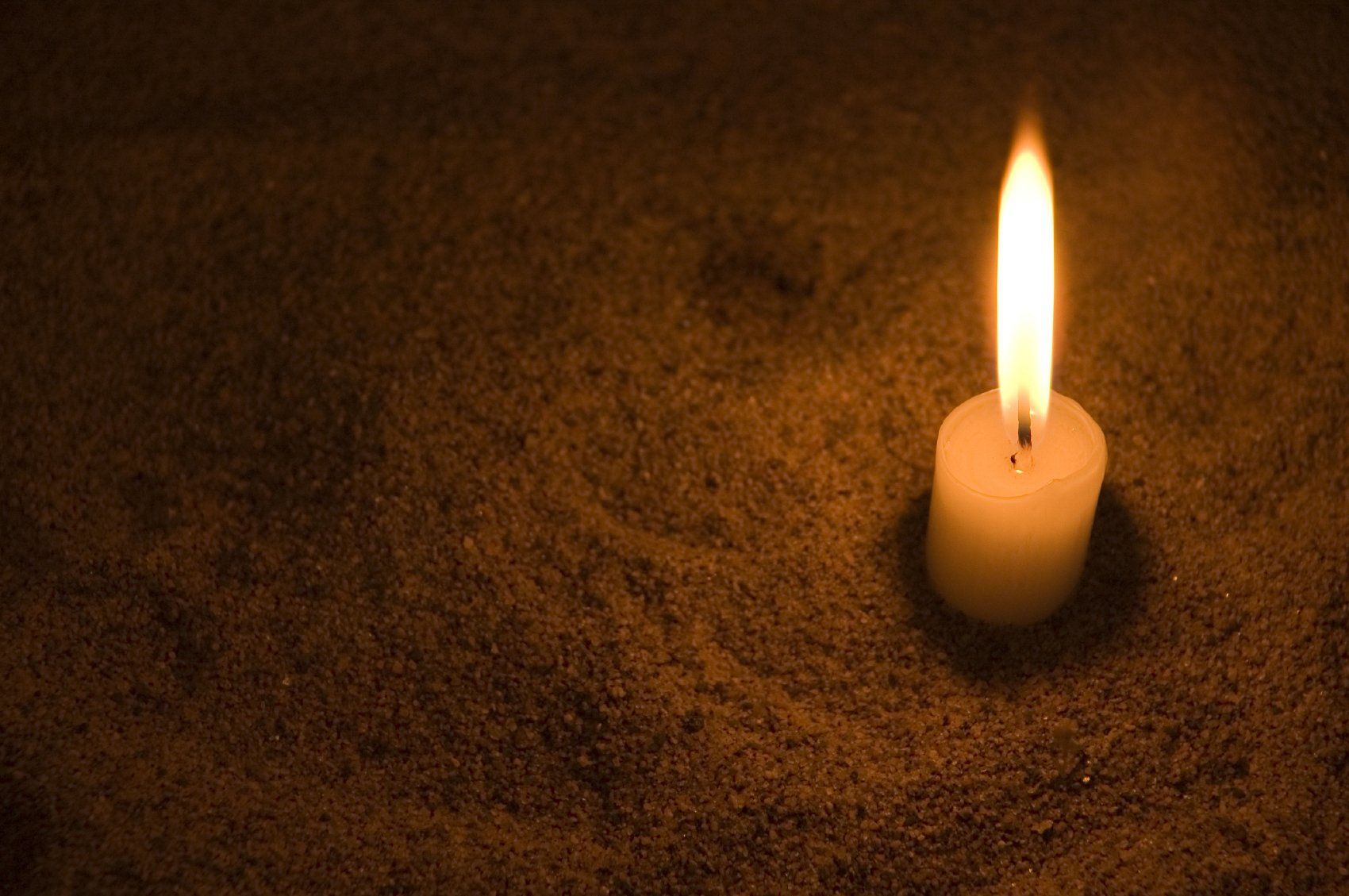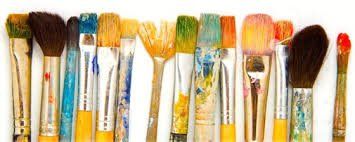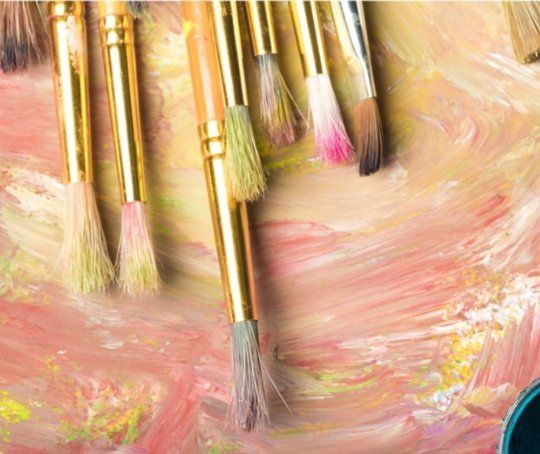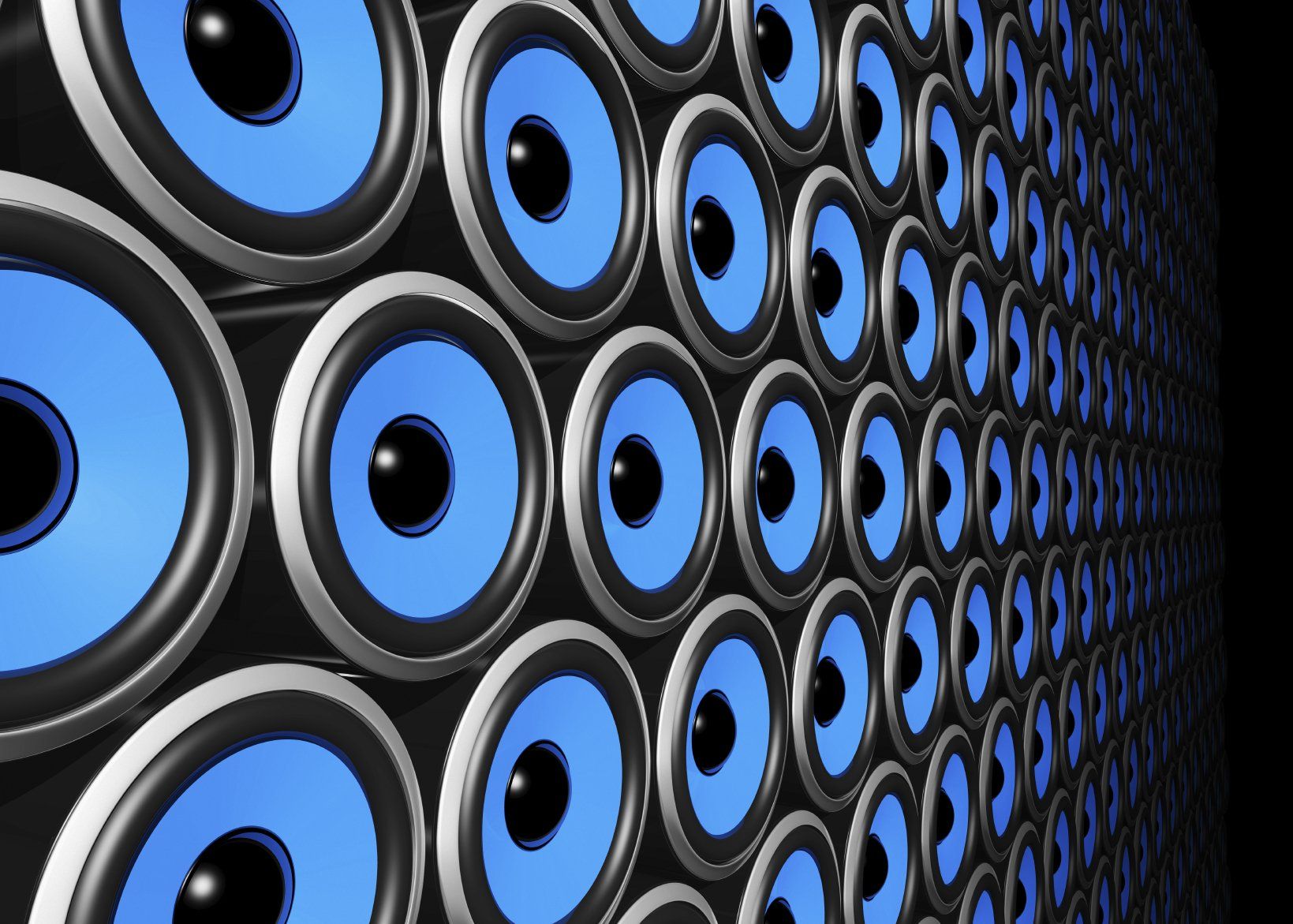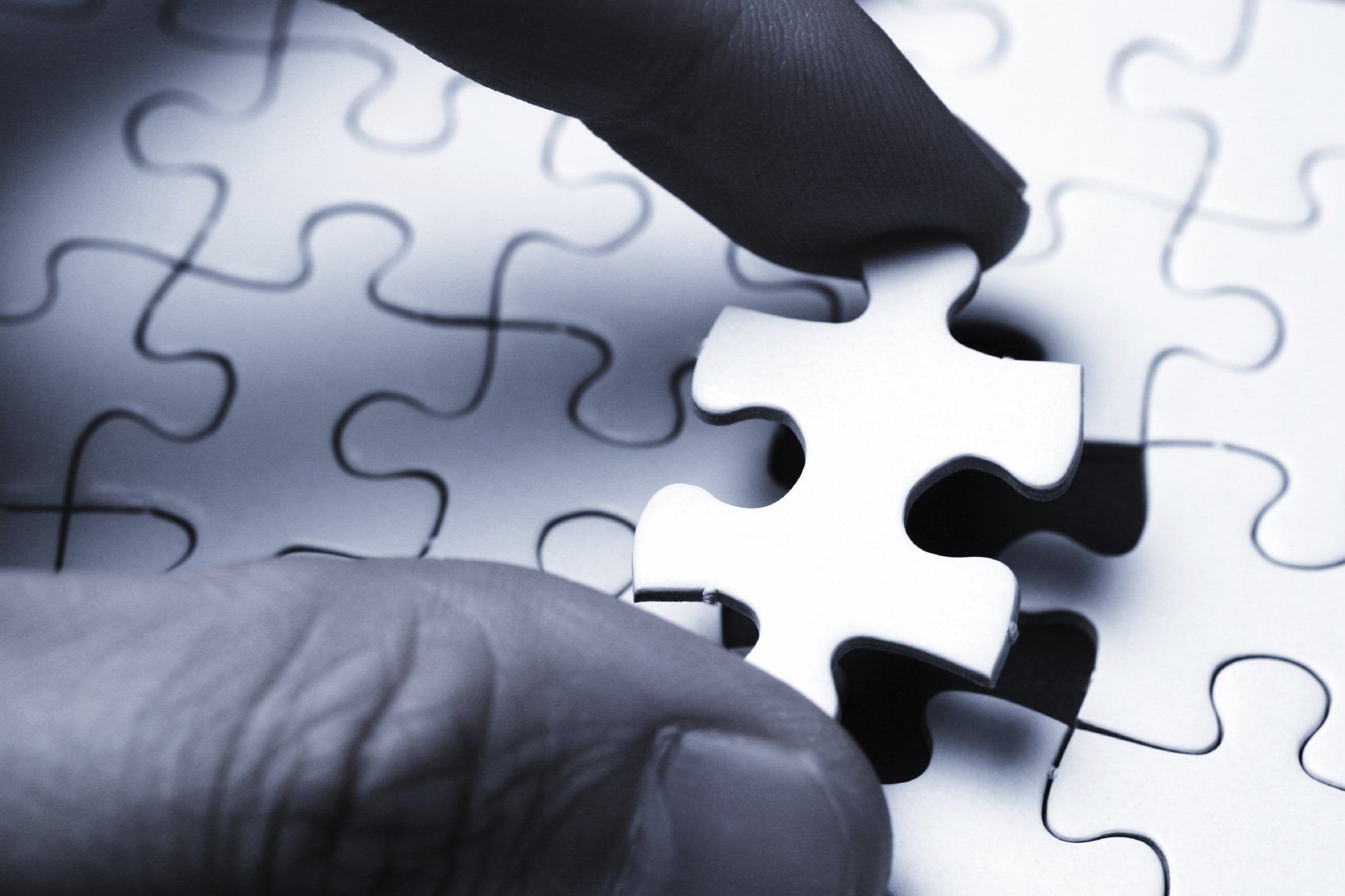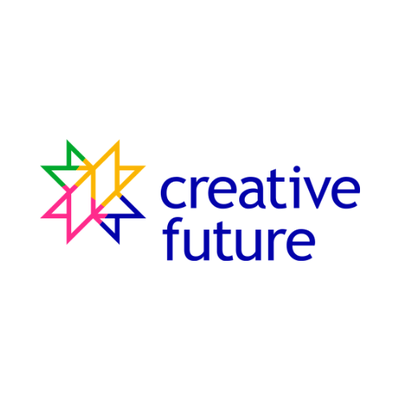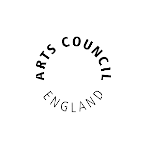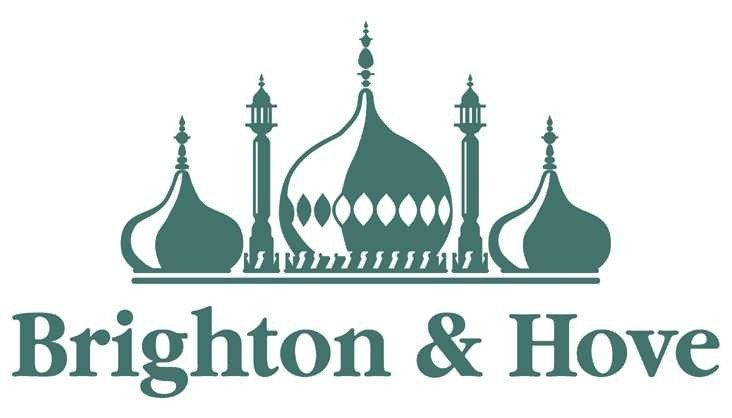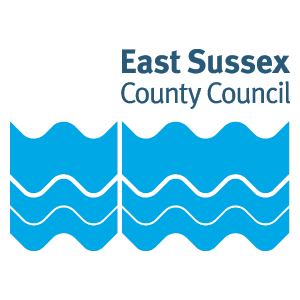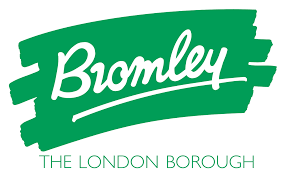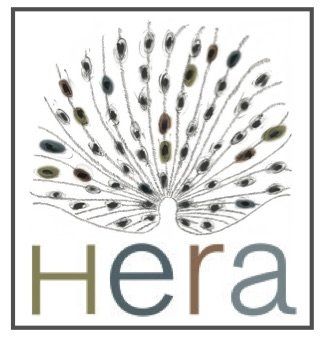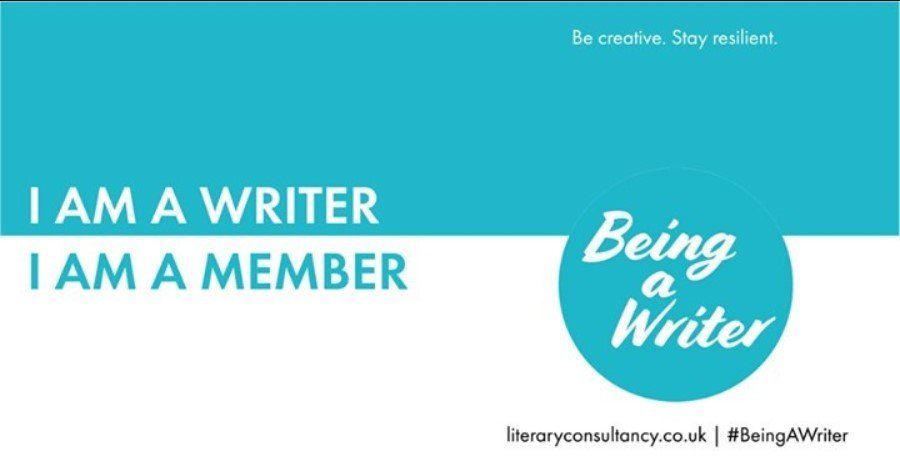Accredited Member
Getting into the flow
Flow state and how to access it
I always thought jigsaw puzzles were for small children or inhabitants of retirement homes. Yet recently, each time I passed a brightly coloured box decorated with a landscape scene with ‘500 pieces’ blazoned across the front, I felt oddly attracted to it. A few weeks ago I gave in and purchased a five hundred piece puzzle depicting flowers, butterflies and hummingbirds. It wasn’t the picture that persuaded me, that was as insipid as décor in your multi-national coffee chain; it was the thought of a challenge, of something totally not work related. Feeling slightly embarrassed, as if purchasing incontinence pads, I slipped the box into a bag and hurried off home. When I tumbled the five hundred pieces onto the kitchen table I wondered if this was it; had I finally left behind the rebelliousness of youth and succumbed to the degeneration of late middle age?
Yet as I joined the pieces a serene calmness descended over me. The focus of finding the next piece, the absorption of shape and picture recognition pushed all other worries from my mind. More wonderful still, was the almost magical ability of when I was totally absorbed, of picking up a piece and without even looking at it, knowing where it went. How could this be? It was as if my unconscious took over and my body knew what my brain was not yet conscious of.
This revelation, like a jigsaw piece slotting smoothly into its rightful gap, made me realise that jigsaws, life and creativity had much in common. How often do we feel, are we exhorted to, work hard, push harder, make a plan, focus, keep working until we reach our desired goal?
And yet, if we keep pushing a square peg into a round hole we only expend a lot of energy and increase our own frustration. Paul Linden, an expert in the field of somatic coaching, uses simple physical exercises to show how when we move with tension, with frustration, we use more energy, increase our stress and move less effectively. If we are calm and relaxed our movements are easier, we expend less energy and get to our goal more quickly.
By learning how to create calm body movements, responding rather than reacting to events, identifying our true goals rather than chasing those we feel we ‘should’ achieve, we can reduce unhealthy stress in our lives, and are more likely to achieve what we desire.
How often have you worked hard, pushed through and faced barriers and resistance? Maybe you have achieved what you wanted but at great personal cost? It’s not that we can sit back and expect things to come to us; we do need to work, but work smarter not harder. Be clearer about what we want to achieve, are the goals we aspire to our goals or those that others wish for us? We need to thoroughly think through how to get there, rather than reacting to whatever is thrown our way. Sure, take up opportunities, but not without thinking them through. Psychological resistance is a great tool that gives us the opportunity to explore why we are resisting. Is the resistance self-sabotage or is it telling us that that the activity isn’t what we really want to do? Self-awareness, deep thought and reflection can help us decide.
If you’re someone who is always rushing into things, over committing, facing burnout, how about trying another way? Holding back, seeing what opportunities present themselves and going with the flow?
Flow is the official scientific word for when our brain is in a relaxed creative state where solutions come easily. Some of the ways we can access it include meditating, being creative and, as I recently discovered, doing jigsaw puzzles. Flow is the optimum state for coming up with new ideas, resolving problems, and overcoming obstacles. It is a state I encourage in coaching through deep listening, somatic exercises and astute questioning.
Flow provides an energised focus and a sense of complete absorption; it is the brain’s most productive state leading to superior physical and cognitive performance. Flow can be experienced in application of your work, as long as the work is aligned to your sense of purpose, values and passions. Flow state can be measured scientifically – smoothing beta wave brain activity (which is spikey, fast and furious) to a calm, steady alpha wave (smooth and free flowing). In this alpha state, the noise generated by relentless neural firing dullens, literally creating the ‘headspace’ for fewer and deeper connections – shifting us from hyper -activity to hypo -activity – dramatically enhancing our focus and concentration.
So, if you want to work smarter, not harder, expend less energy to achieve your goals, my advice is to stop pushing so hard, stop working such long hours, spend more time accessing your brain’s flow state. The more you access flow, the more it becomes the norm, easier to access when facing a work problem or life dilemma. Find activities that enable you to access flow, whether that is tai chi or painting, and in time you will find solutions and your goals will become easier to achieve. For me, that means I’ll be doing a lot more jigsaw puzzles.
